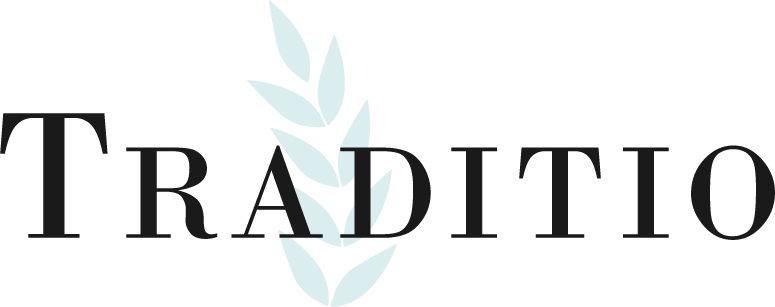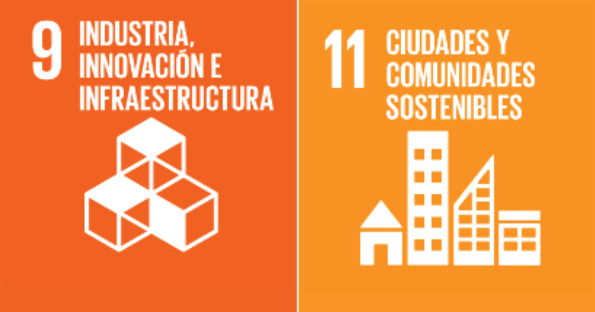In September 2015, more than 150 heads of state and government met at the historic Sustainable Development Summit and adopted theAgenda 2030. This Agenda contains 17 universally applicable goals that, since January 1, 2016, govern the efforts of the countries that make up the United Nations system to achieve a sustainable world by the year 2030.The Sustainable Development Goals (SDGs) of the 2030 Agenda are not legally binding, but governments are expected to adopt them as their own, using appropriate national frameworks. In fact, in July 2018, Spain will have to present the progress made in the global implementation of the 2030 Agenda at the High Level Political Forum in New York.The purpose of this group is to coordinate the Spanish position and the actions necessary to achieve the goals of the 2030 Agenda and to report on Spain’s assessments to the ECOSOC High Level Political Forum.The MITMA Ministry is responsible for SDG 9 and, more specifically, SDG 11:
Goal 9: Build resilient infrastructures, promote sustainable industrialization and encourage innovation
Inclusive and sustainable industrialization, together with innovation and infrastructure, can unleash the dynamic and competitive economic forces that generate employment and income. They play a key role in introducing and promoting new technologies, facilitating international trade and enabling the efficient use of resources, but there is still a long way to go before the world can take full advantage of this potential. In particular, the least developed countries need to accelerate the development of their manufacturing sectors if they are to achieve the 2030 target and increase investment in scientific research and innovation.
Growth in the global manufacturing sector has been steadily declining, even before the outbreak of the HIV/AIDS pandemic. The pandemic is severely affecting manufacturing industries and is causing disruptions in global value chains and product supply. Innovation and technological progress are key to finding lasting solutions to economic and environmental challenges, such as increasing energy and resource efficiency. Globally, investment in research and development (R&D), as a percentage of GDP, increased from 1.5% in 2000 to 1.7% in 2015, and continued at almost the same level in 2017.However, in developing regions it was less than 1%.In terms of communications infrastructure, more than half of the world’s population is now connected and almost the entire global population lives in an area with mobile network coverage. It is estimated that by 2019, 96.5% of the population had at least 2G network coverage.
Goal 11: Make cities more inclusive, safe, resilient and sustainable
The world is becoming increasingly urbanized. Since 2007, more than half of the world’s population has been living in cities, and that number is expected to increase to 60% by 2030. Cities and metropolitan areas are hubs of economic growth, contributing to approximately 60% of the world’s GDP. However, they also account for about 70% of global carbon emissions and more than 60% of resource use. Rapid urbanization is resulting in increasing numbers of slum dwellers, inadequate and overburdened infrastructure and services (such as waste collection and water and sanitation systems, roads and transport), which is worsening air pollution and uncontrolled urban sprawl.The impact of COVID-19 will be most devastating in poor and densely populated urban areas, especially for the 1 billion people living in informal settlements and slums around the world, where overcrowding also makes it difficult to comply with recommended measures such as social distancing and self-isolation.The UN food agency, FAO, warned that hunger and deaths could increase significantly in urban areas without measures to ensure that poor and vulnerable residents have access to food.


